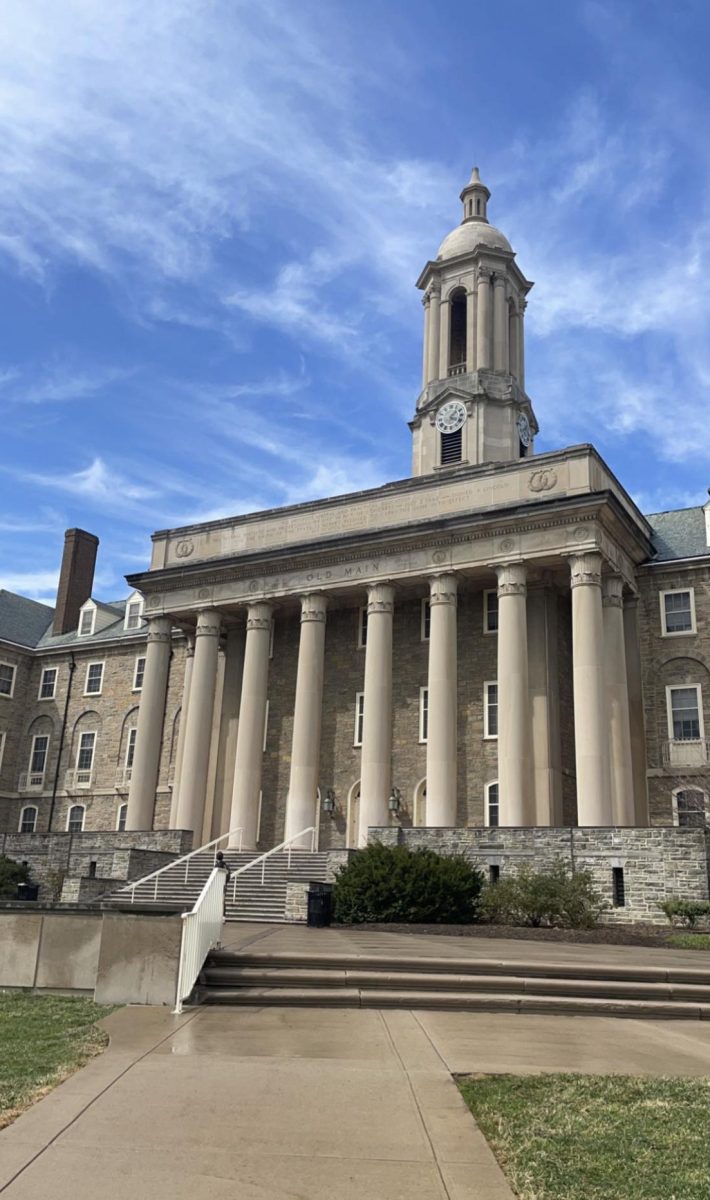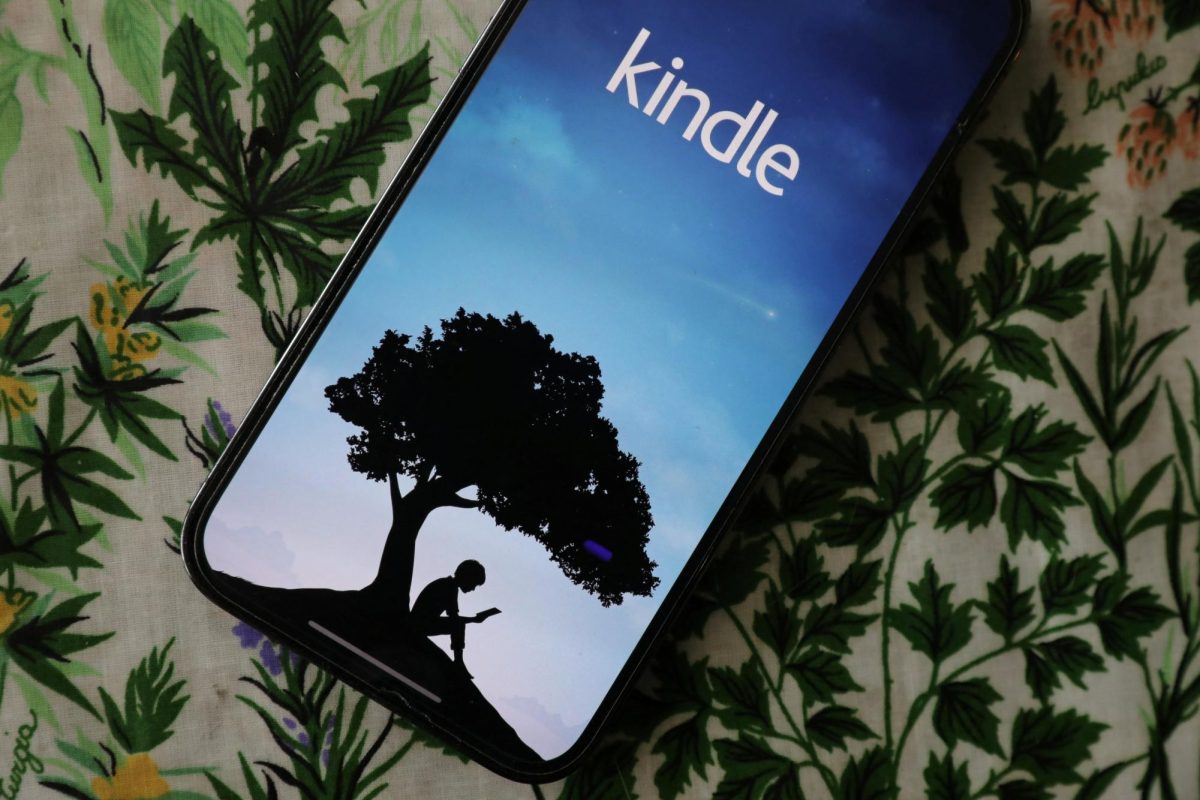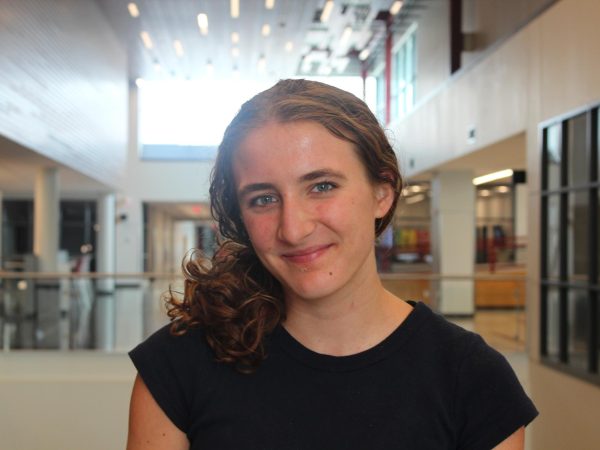In Altoona, the words “We Are” cannot be muttered without someone exclaiming “Penn State.” Although Penn State is the most popular, it is not the only publicly funded university in the state. Statewide, Pa. is home to over 40 public institutions of higher learning, all of which see enrollment falling off a cliff and tuition skyrocketing due to Pennsylvania funding higher public education at the lowest rate in the entire nation.
It might seem counterintuitive for prices to go up if there’s a lot of supply and falling demand, unfortunately for Pennsylvanians, this isn’t the case with higher education. At the most popular public universities like Penn State’s University Park campus and University of Pittsburgh’s Oakland campus, demand is remaining steady, or even improving. However, at smaller campuses, enrollment has declined. Between the two school’s extension campuses, they have seen a 30 percent drop in enrollment. Although most states have fallen victim to enrollment decline, Pennsylvania’s situation is the most stark by far. Spring enrollment in 2023 dipped by 0.5 percent. Pennsylvania recorded one of the sharpest declines, with college enrollment plummeting by 2.6 percent. These declines are seen locally too, with PSU Altoona’s enrollment being down every year since 2018. Though all of the drops in Pennsylvania’s enrollment are drastic when being compared to national decline, some are extreme even for Pennsylvania’s standards, the most notable being Pitt Titusville only having 25 full time students in the 2021-22 school year.
Some against the funding of higher education claim these declining enrollment numbers is a symptom of the overall declining population. While they are correct that Pennsylvania’s population is dropping, they tend to overlook the reasons why- chief among them being the outrageous costs associated with living in Pennsylvania. that can’t be found in other states. Even if they were right that the enrollment issue is due to the declining population, wouldn’t it be wise to invest in higher education so people would be drawn to Pennsylvania? In order to get enrollment numbers up and attract more people to Pennsylvania, the amount spent on higher education must be increased- or at the bare minimum become more than 1.8 percent of the $42.7 billion budget currently allocated towards the funding of public education.
The strain of having such high public college costs does not fall equally. College students who come from lower-income households pay at a significantly higher rate than students whose household is higher-income. A Pennsylvanian who comes from a family making $48,000-75,000 a year will pay an average of $22,971 to attend a public four-year institution, this amounts to a whopping 38% of their family’s income. Although someone from a family that makes $110,000 and above will pay a higher sticker price of about $28,240 to attend the same school, only 15% of their income. If the trend of college tuition going up in Pennsylvania. continues, fewer and fewer middle and low-income students will be able to afford college. Not only will this lead to more people leaving the state, those of us who stay will face a shortage of workers and a much worse economy.
Since the connection between low funding and higher tuition is obvious enough, it would be reasonable to increase funding. Unfortunately, the Pennsylvania legislature’s funding model is mostly tied to enrollment and retention rates. This is a bit of a Catch-22, because these things are both down due to how expensive public colleges are, but they can’t become less expensive without more funding. Although how much money to spend is always a point of contention in politics, the way to fix the ballooning price of tuition and decline in enrollment is not the most difficult thing in the world to do. One upside of being the worst at something, is we have plenty of inspiration on how to improve. Take for example New York, in 2017 the state made four years of public college free for students with household earnings of less than $125,000. It is doubtful that something like this would happen in Pennsylvania, but something needs to happen so public colleges and universities become affordable in Pennsylvania.








